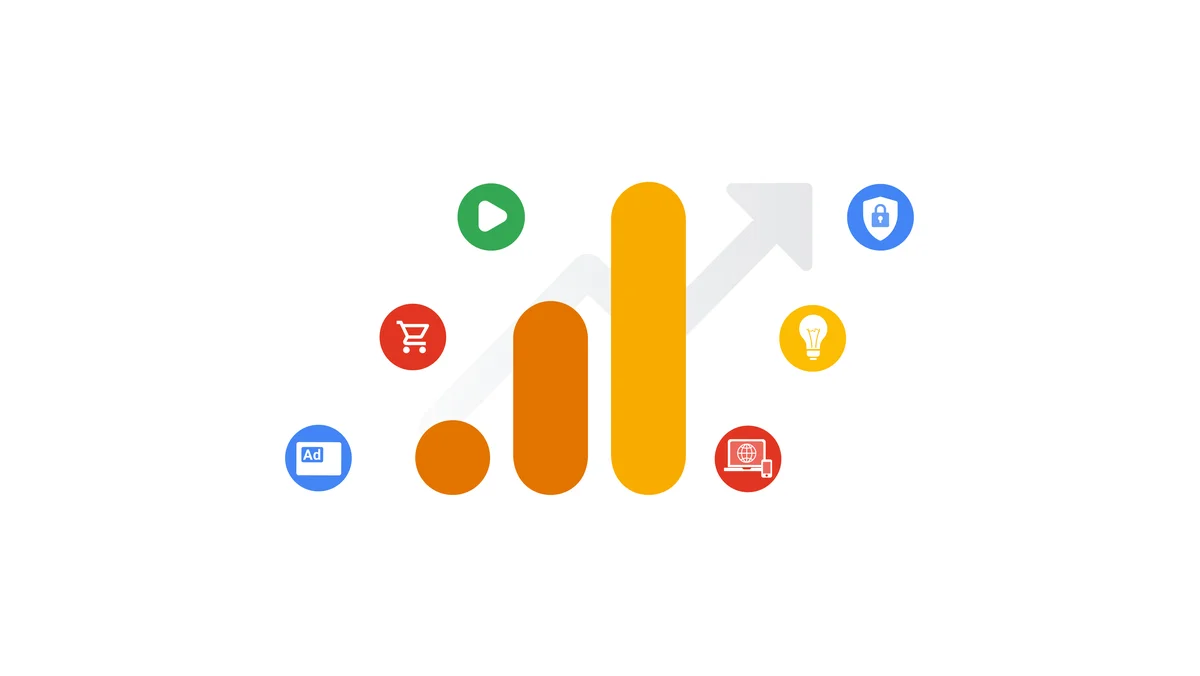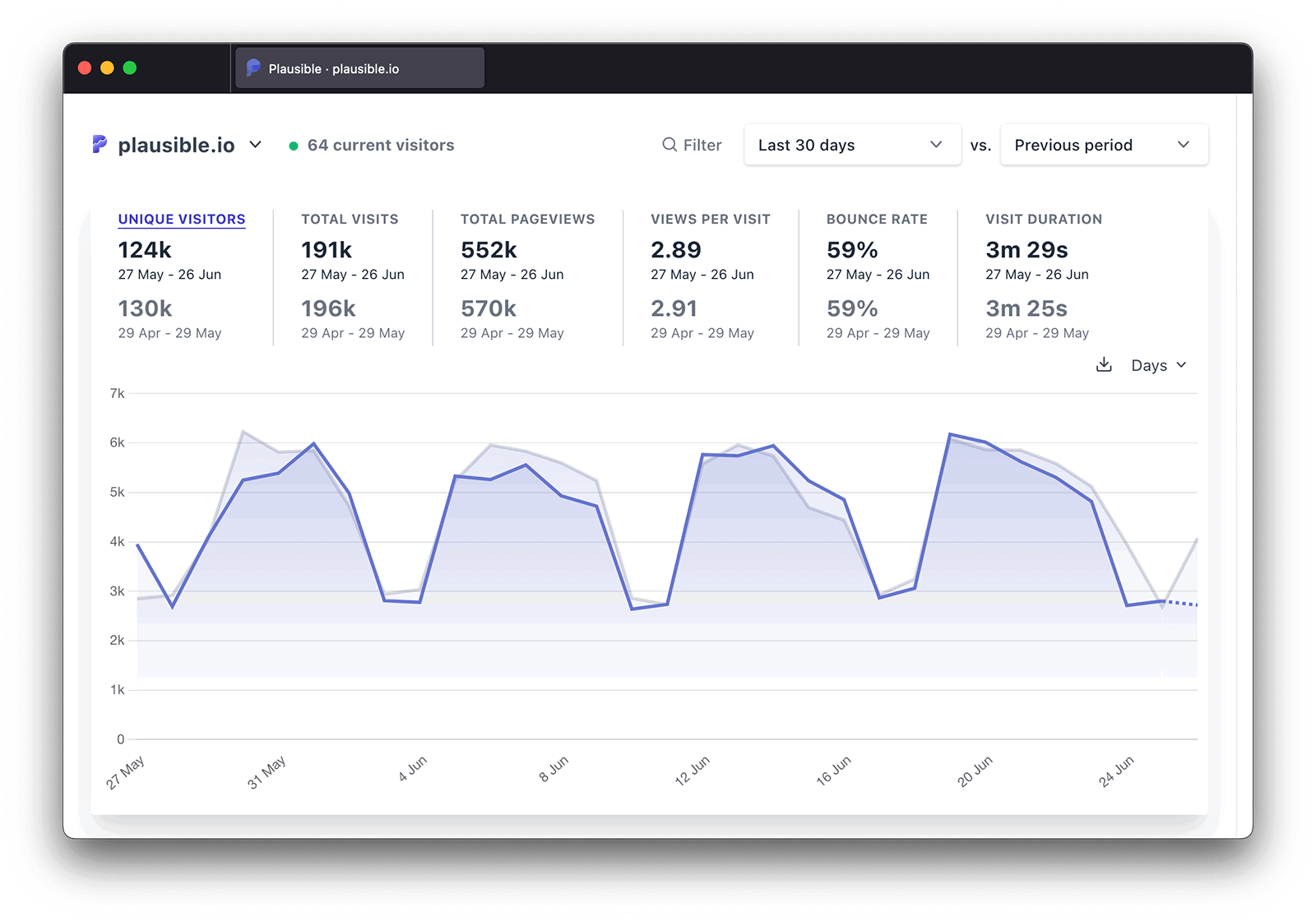A Complete Guide to Recognizing When Does the Google Analytics Tracking Code Send an Event Hit to Analytics
Master Internet Site Insights With Accurate Google Analytics Tracking Code
The reliable use of Google Analytics pivots on the exact application of its monitoring code, a fundamental action often overlooked by internet site proprietors. What are the usual risks that could weaken your monitoring efforts, and exactly how can you ensure precision in your strategy?
Comprehending Google Analytics Essentials
Google Analytics is an essential device for site owners and marketing professionals, providing important insights right into individual actions and web site performance. At its core, Google Analytics collects information concerning visitors to a site, allowing customers to examine metrics such as website traffic sources, customer interaction, and conversion prices. Understanding these basics is important for enhancing a web site's efficiency and enhancing customer experience.
The platform uses cookies to track interactions, taping information such as web page sights, session durations, and bounce rates. This information is aggregated and provided with adjustable control panels, making it possible for users to visualize trends in time. Secret performance signs (KPIs) can be checked, such as the complete number of individuals, brand-new versus returning site visitors, and the geographic circulation of the target market.
Moreover, Google Analytics uses division attributes, allowing individuals to separate certain web traffic resources or individual demographics for even more targeted analysis. By grasping these fundamental components, website owners can make informed choices concerning web content method, advertising campaigns, and overall website renovations. Eventually, comprehending Google Analytics fundamentals is important for leveraging data to drive development and accomplish company objectives effectively.
Establishing Your Monitoring Code

Replicate the given monitoring code and paste it right into the HTML of your web site. Ideally, this code ought to be placed in the header section of every web page you desire to track. This makes certain that the tracking code loads before any kind of various other material, enabling it to capture data properly. There are plugins available that streamline the combination process. if you are making use of a material management system (CMS) like WordPress.
After installation, validate that the monitoring code is working correctly by utilizing Google Tag Aide or the Real-Time records in Google Analytics - when does the google analytics tracking code send an event hit to analytics?. This step is vital to confirm that your information collection is accurate and active, establishing the foundation for informative analysis
Typical Tracking Code Issues
This may happen when the monitoring code is placed in the wrong section of the web site's HTML, often leading to incomplete or missing data. In addition, having numerous instances of the tracking code on a single page can result in inflated metrics, as individual communications could be counted much more than when.
One more concern emerges from the use of ad blockers, which can avoid the monitoring code from implementing altogether, thus skewing data. when does the google analytics tracking code send an event hit to analytics?. Furthermore, failure to configure filters appropriately can bring about the exemption of important web traffic sources or the addition of unwanted recommendation spam, distorting the data collected
Website owners may also overlook the significance of tracking code updates, especially when moving to Google Analytics 4 (GA4) from Universal Analytics. Last but not least, not enough screening prior to introducing modifications can result in undiscovered errors in straight from the source the monitoring code, better making complex information dependability. Dealing with these typical issues is essential for guaranteeing accurate monitoring and insightful analytics.
Studying Web Site Data Efficiently
Accurate data collection is helpful resources only the first action in leveraging Google Analytics; the real worth hinges on effectively evaluating that data to drive informed decision-making. To attain this, it is important to recognize crucial performance indications (KPIs) that line up with your business objectives. Focus on metrics such as conversion prices, individual engagement, and website traffic sources, as these will supply insights right into user actions and the general performance of your web site.
Utilizing Google Analytics' division features permits a deeper understanding of your target market. By breaking down data right into particular demographics, actions, and web traffic networks, you can discover fads and patterns that inform targeted approaches. Carrying out custom records and control panels can improve this procedure, enabling quick accessibility to important information.
Moreover, routinely assessing data patterns with time assists to recognize anomalies and chances for enhancement. Make use of visualization tools to present data in a conveniently absorbable format, promoting more efficient interaction with stakeholders. Inevitably, the ability to evaluate web site information effectively equips services to make critical choices that boost user experience, enhance advertising and marketing efforts, and drive growth.

Ideal Practices for Accurate Tracking
Executing reliable tracking techniques is vital for obtaining reliable information in Google Analytics. To guarantee exact tracking, start by appropriately setting up the Google Analytics tracking code on every web page of your web site. This can be accomplished via a tag supervisor or by straight installing the code into the HTML.
Next, configure your Google Analytics account to omit internal web traffic. This can be done by establishing filters that recognize and remove brows through from your company's IP address, consequently avoiding manipulated data. Additionally, use event monitoring to monitor particular individual communications, such as downloads or video clip plays, which standard page sights may neglect.
Regularly audit your tracking configuration to verify that all attributes, such as objectives and ecommerce monitoring, are operating properly. Establish a consistent naming convention for your campaigns and events to help with simpler reporting and analysis.
Lastly, consider leveraging UTM parameters for campaigns to gain insights right into the efficiency of various advertising and marketing initiatives. By complying with these finest methods, you can improve the accuracy of your information collection and evaluation, inevitably bring about even more educated decision-making for your site.
Conclusion
Accurate implementation of the Google Analytics tracking code is vital for grasping site insights. By ensuring the monitoring code is properly put and routinely audited, internet site proprietors can catch vital customer communication data, hence promoting the recognition of essential efficiency signs. Effective evaluation of this information, integrated with adherence to best practices, makes it possible for notified decision-making and the optimization of on-line methods. Eventually, a durable tracking structure improves the ability to drive involvement and enhance total web site performance.

Insufficient testing prior to introducing modifications can result in undiscovered mistakes in the check these guys out monitoring code, even more complicating data integrity.Applying reliable tracking methods is crucial for getting dependable information in Google Analytics. By making certain the monitoring code is correctly positioned and on a regular basis audited, site proprietors can catch crucial user interaction information, therefore promoting the identification of key efficiency indicators.